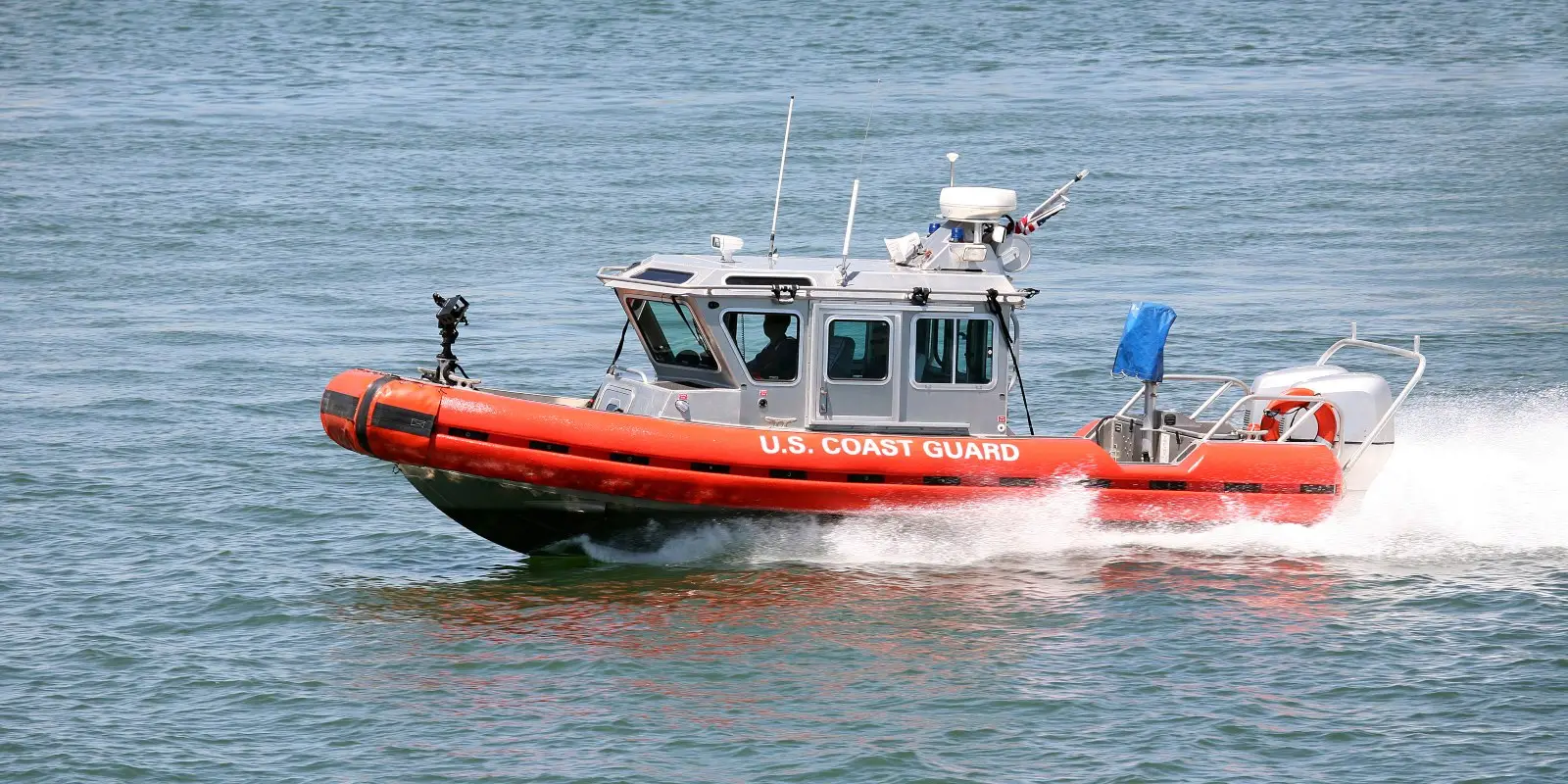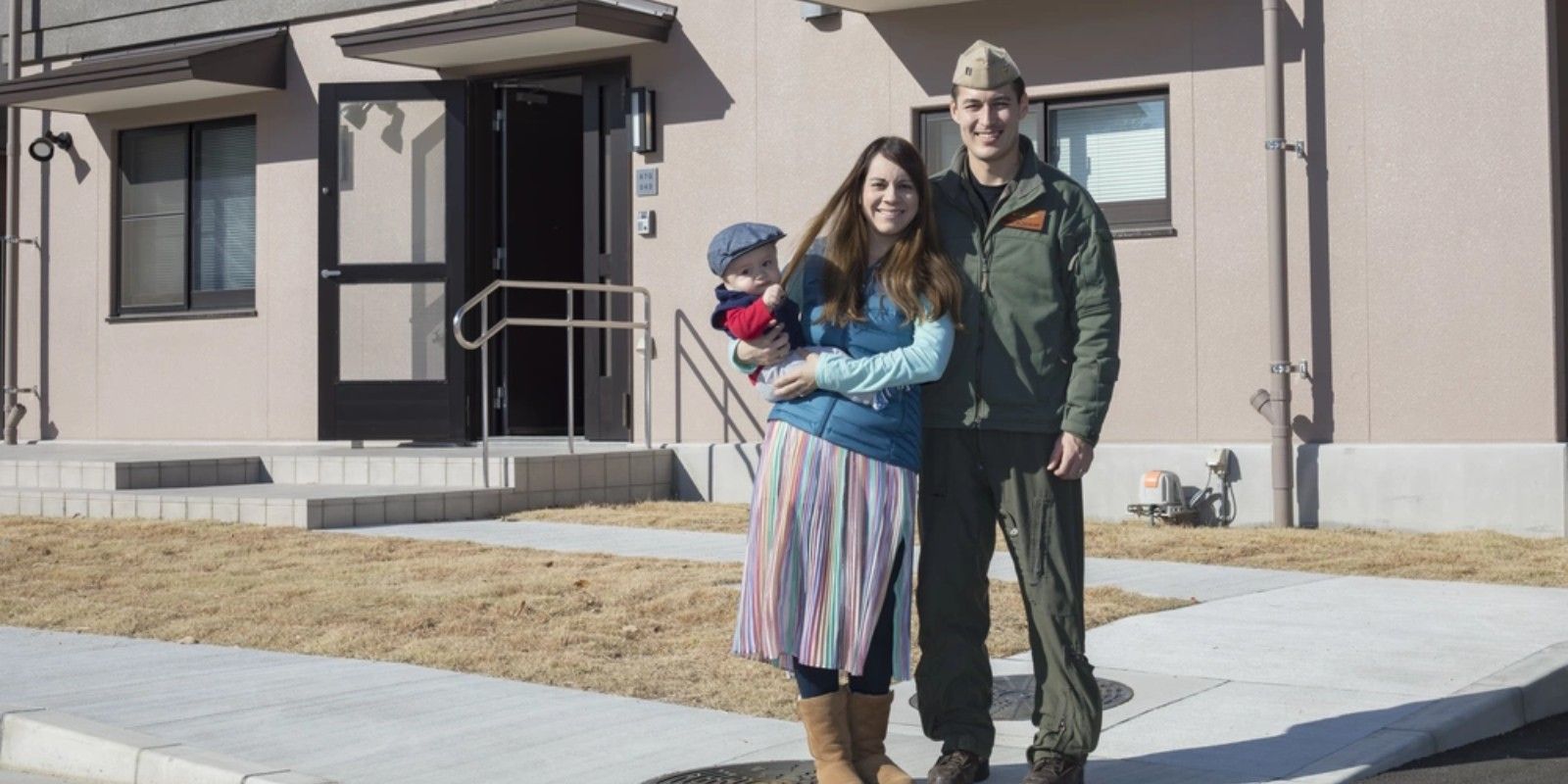USCG'S PREPAREDNESS IN CASCADIA SUBDUCTION ZONE BEING QUESTIONED
By Buddy Blouin

In the Pacific Ocean, tsunamis occur around once a decade. They aren’t exactly the most common weather events, and for that, we are thankful, but they do occur and affect billions of lives. Being ready for a tsunami is an important aspect for any country, and according to a government watchdog study, the U.S. is lacking in its ability to respond to such activity in the Cascadia Subduction Zone. Specifically called into question is the readiness of the U.S. Coast Guard. While a respectable branch of the American Armed Forces, this potential lacking could impact the lives of thousands living in the Pacific Northwest if not addressed.
Suggested read:
Everything You Missed During the Coast Guard Festival 2022Where Is the Cascadia Subduction Zone?
The Cascadia Subduction Zone (CSZ) is found near the Pacific Coast, running about 70-100 miles off the shoreline of the Pacific Ocean and extending 600 miles from northern California to British Columbia. It’s a region that millions call home, featuring predominant cities such as Portland, Oregon, and Seattle, Washington, domestically, as well as Vancouver, British Columbia, Canada, also in the area. The region has experienced 41 earthquakes within the last 10,000 years from the Cascadian fault, which can lie dormant for anywhere between 190 to 1,200 years. The latest earthquake to affect the CSZ was on January 26, 1700, and registered what is believed to have reached an estimated 9.0 magnitude. As a result, the coast dropped several feet and created a tsunami. There is evidence of this matched in both records from Japan and geological records with additional support from Native American legends.What Would Happen if the Cascadia Subduction Zone Ruptured?
To say that a Cascadia Subduction Zone earthquake could bring about catastrophic events is no exaggeration, especially considering the population density of the area. The harm to those living in the region, the environment, and both local and national economies could be record-setting. Thinking beyond the immediate area, other regions of the Pacific could be affected depending on the severity of the earthquakes and potential tsunamis. For starters, Hawaii could see a substantial rise in sea level and face serious destruction across all islands. Internationally, other nations, including Canada and Japan, could face their own hurdles in dealing with such an extreme force of nature. Disruptions to travel and military operations in the Pacific Ocean and elsewhere would likely be altered during the event and in the aftermath. Experts agree that such a rupture causing a tsunami is the likely scenario, as the seafloor moving upward rapidly would displace water, creating a series of waves. In this lies the problem found by the Government Accountability Office (GAO). Should the Cascadia fault rupture, not enough units in the U.S. Coast Guard seem prepared to handle this destructive scenario.Government Accountability Office Reports Lacks Confidence in USCG
A report by GAO titled “Coast Guard: Additional Actions Needed to Improve Tsunami Emergency Planning in the Pacific Northwest” is showing exactly what its name would lead you to believe. The USCG seems ill-prepared to handle a tsunami as a result of a rupture from the Cascadia Subduction Zone, and this lack of readiness could harm millions of Americans. Despite the active threat to the area, “Only 19 of the 39 Coast Guard units at risk in this region have a written tsunami evacuation plan for personnel and their dependents.” In addition, “Leadership at the 19 units with plans hadn't practiced using them, so they were unsure if the plans are feasible or need adjustments.” Far from a vote of confidence in the branch’s ability to perform under such circumstances. A major concern is the lack of guidance from the USCG in terms of evacuating the area for such events. The practice of such evacuation methods was also hindered further due to the impact of the COVID-19 pandemic.The Cascadia Subduction Zone Must Improve Evacuation Methods
Personal safety aside, a leading concern is that the lack of ability to properly evacuate will harm the USCG’s ability to respond to those in need following an earthquake that creates a tsunami in the area. GAO created several recommendations in its report, including:- Unit-specific evacuation plans for each unit of the USCG.
- Planning and protocols for each unit to remain prepared.
- Routine exercises to prepare Coast Guardsmen for a potential threat.
Read next:
Everything You'll See at the First-Ever National Coast Guard MuseumSHARE:
TAGS:
news
JOIN OUR NEWSLETTER
Get the latest news and military discounts



